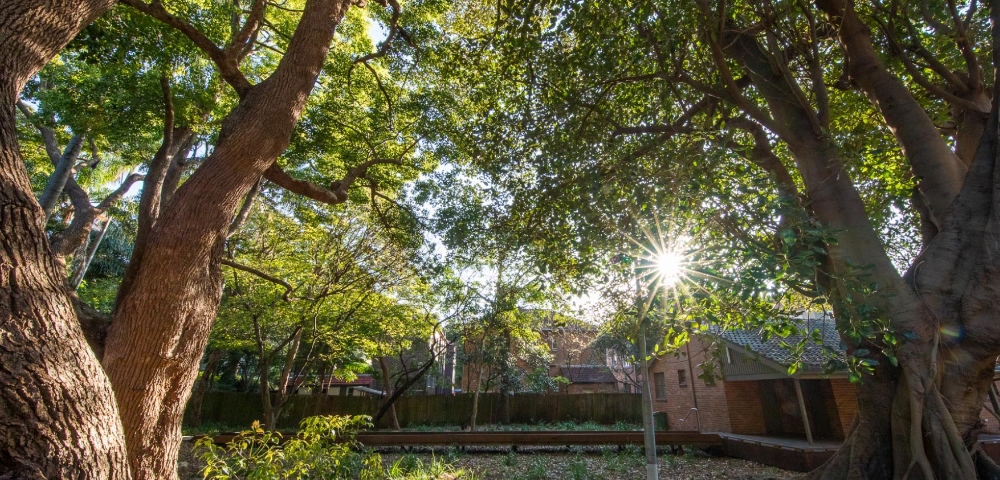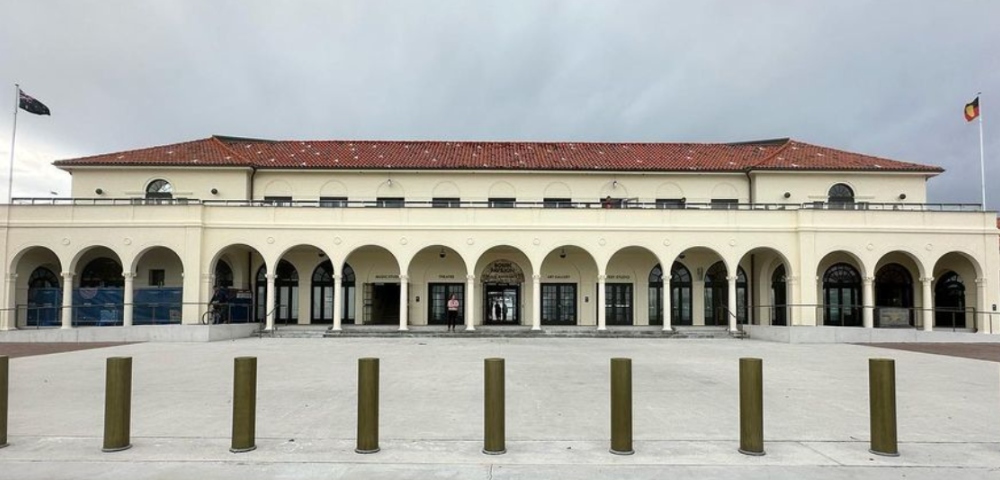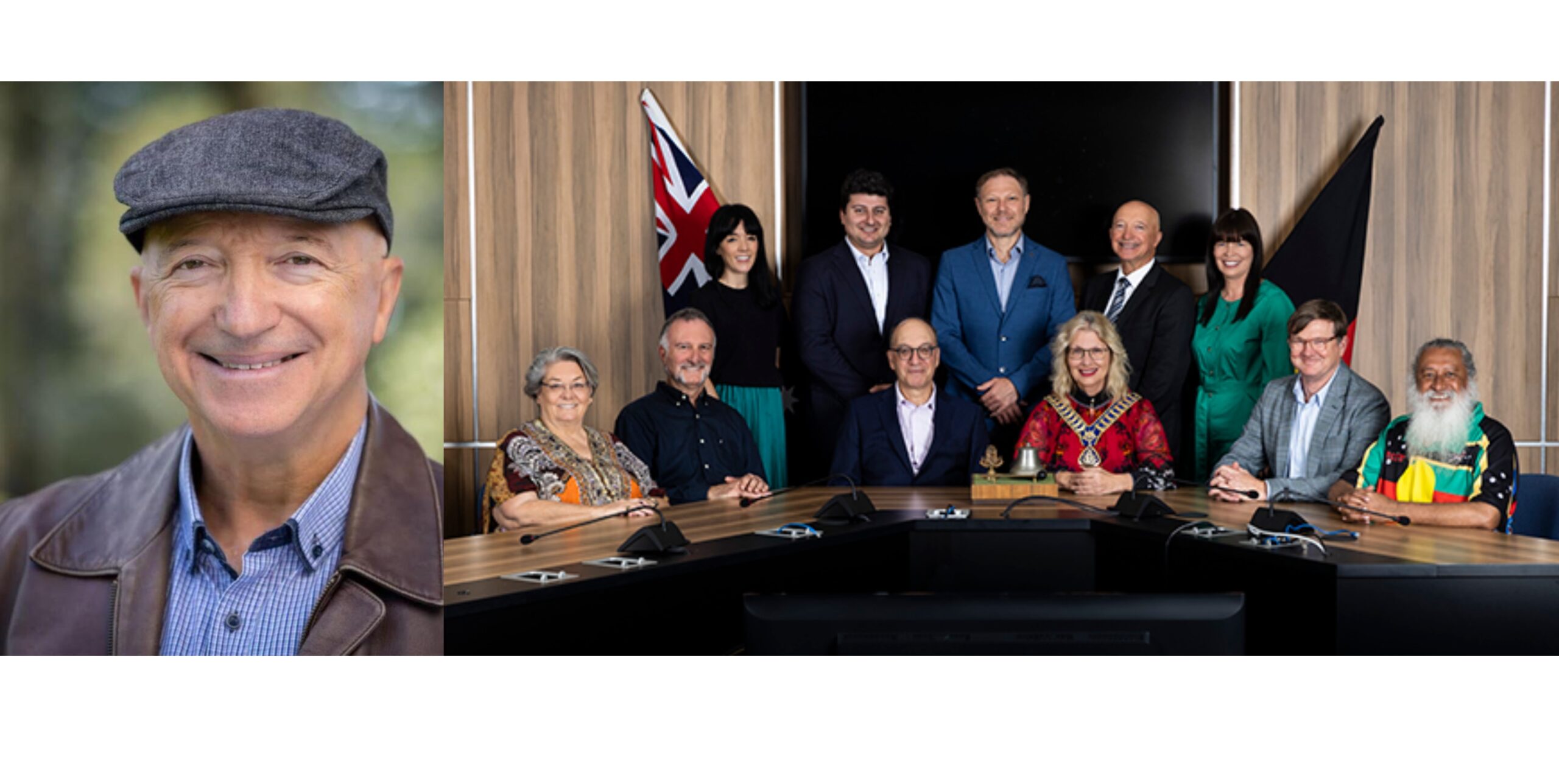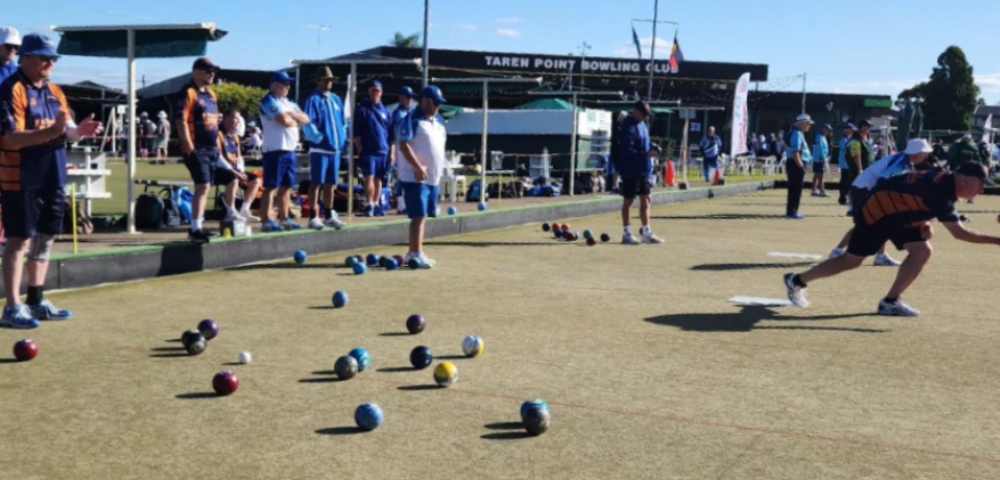
The Bondi boy who flew Spitfires
BY PETER McCALLUM
It was the strangest twist of fate. The well-intentioned assistance of an established member of the Tamarama Surf Life Saving Club to a junior member ‘ as was often the custom in those depression years ‘ was to turn to tragedy in just a few short years.
Bondi teenager Kenneth Holland, like so many in the mid-1930s, would have been excited by the prospect of flying and the career opportunities this new form of transport opened up. So an offer to sponsor young Kenneth’s course in the Airspeed Aeronautical College at Portsmouth, England was gladly accepted.
But events moved quickly. The instability in Europe encouraged a surge in aircraft manufacture, especially after the outbreak of the Spanish Civil War in 1936. The Royal Air Force Volunteer Reserve (RAFVR) was formed soon afterwards and its recruits were provided with free training on weekends. With war increasingly likely, Kenneth was now engaged in advanced training on Tiger Moths in Scotland.
Chris Taylor told Kenneth’s story to Waverley’s assembled historians at their pre-Anzac Day meeting. His interest began when he accidentally found a memorial stone in rural England and he is now in Sydney working on this previously untold story.
Once war was finally declared, Britons realised the danger they faced ‘ especially from the air. While they had been relying on primitive aircraft, even bi-planes, the Germans had squadrons of relatively advanced planes ‘ their Messerschmidt 109 fighters were reported as able to fly at 610 km/h (380 mph). The British response was the Spitfire, developed by a Vickers company but there were so few available, until 1940.
When France fell, Kenneth’s 152 Squadron, still using bi-planes, moved south to Dorset. Then at last, his squadron received their Spitfires but there was little time to practice with them. The Battle of Britain began and the Luftwaffe was staging bomber raids on Bristol, Plymouth and Exeter to de-moralise the population.
The morning of September 25 saw one of the largest invasions of German bombers and fighters ‘ over 60 of them. Three squadrons of RAF fighters, including Kenneth’s, were scrambled. The German target was a huge aircraft factory near Bristol, but only one defending squadron managed to intercept them in time and huge damage was wrought. Heading back to Germany, they met the remaining British fighters and major air battles ensued over the ancient city of Bath.
Kenneth attacked a Heinkel bomber, smoke poured from it and he flew closer to check but a gunner aboard the German plane was still able to fire and Kenneth was hit in the head. Both pilots attempted to land their planes but crashed.
Sergeant Pilot Kenneth Holland from Bondi died of his wounds soon afterwards.He was just 20.
Waverley Local Studies Librarian Kimberly O’Sullivan-Steward’s assistance to researcher Chris Taylor from England and this writer is gratefully acknowledged.
Ron Ringer will return, by popular request, to present a sequel to his earlier talk on Sydney’s Brickmakers on Monday, May 12 at 4pm on the 1st floor of Club Bondi Junction (the R.S.L. Club) in Gray Street.









